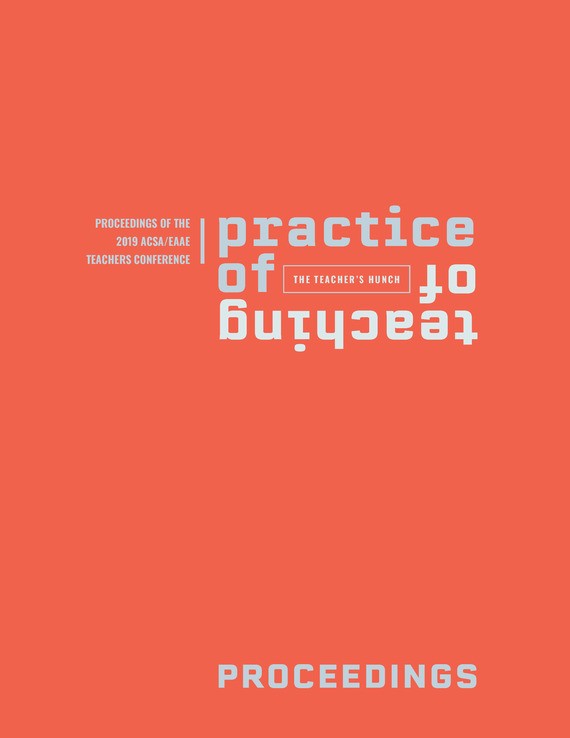Author(s): Rana Abudayyeh
Patterns, murals, reliefs, and various types of surface articulations have long been an integral part of design. Attitudes towards surface are reflective of a broader climate of spatial production, gauging the necessity and commodity of agglomeration within spaces specifically, and the agency of liminal territories within architecture at large. Commonly deposited on surfaces within prized programs (such as churches, palaces, and mosques), patterns and their respective aggregations reference through their inscriptions deities and assert the influence of various authorities. They are also telling of traditions of making and craft, both analog and digital. Whether such formations assume anthropomorphic qualities or are fashioned around pure geometry and repetition, the agency of surface articulation remains a present yet often contested area in design.1 The resilience of patterns and their resurgence in the digital age is a testament to their impact on our spatial experience.2 From primitive markings to the most complex formal plasticity of fabricated assemblages, topical material applications are intrinsic to asserting value and identity to the spatial volume. Heterotopias by nature, patterns alter and augment the space of occupation. They cater to a different formal metabolism characterized by a unique receptiveness to the users, thus, introducing friction to interior and exterior territories. Now more than ever, the need for this friction between surfaces and their occupants is essential in an era ubiquitous with the flatness of virtual imagery3 and an overall contextual banality.
https://doi.org/10.35483/ACSA.Teach.2019.30
Volume Editors
Richard Blythe & Johan De Walsche
ISBN
978-1-944214-23-4

 Study Architecture
Study Architecture  ProPEL
ProPEL 
